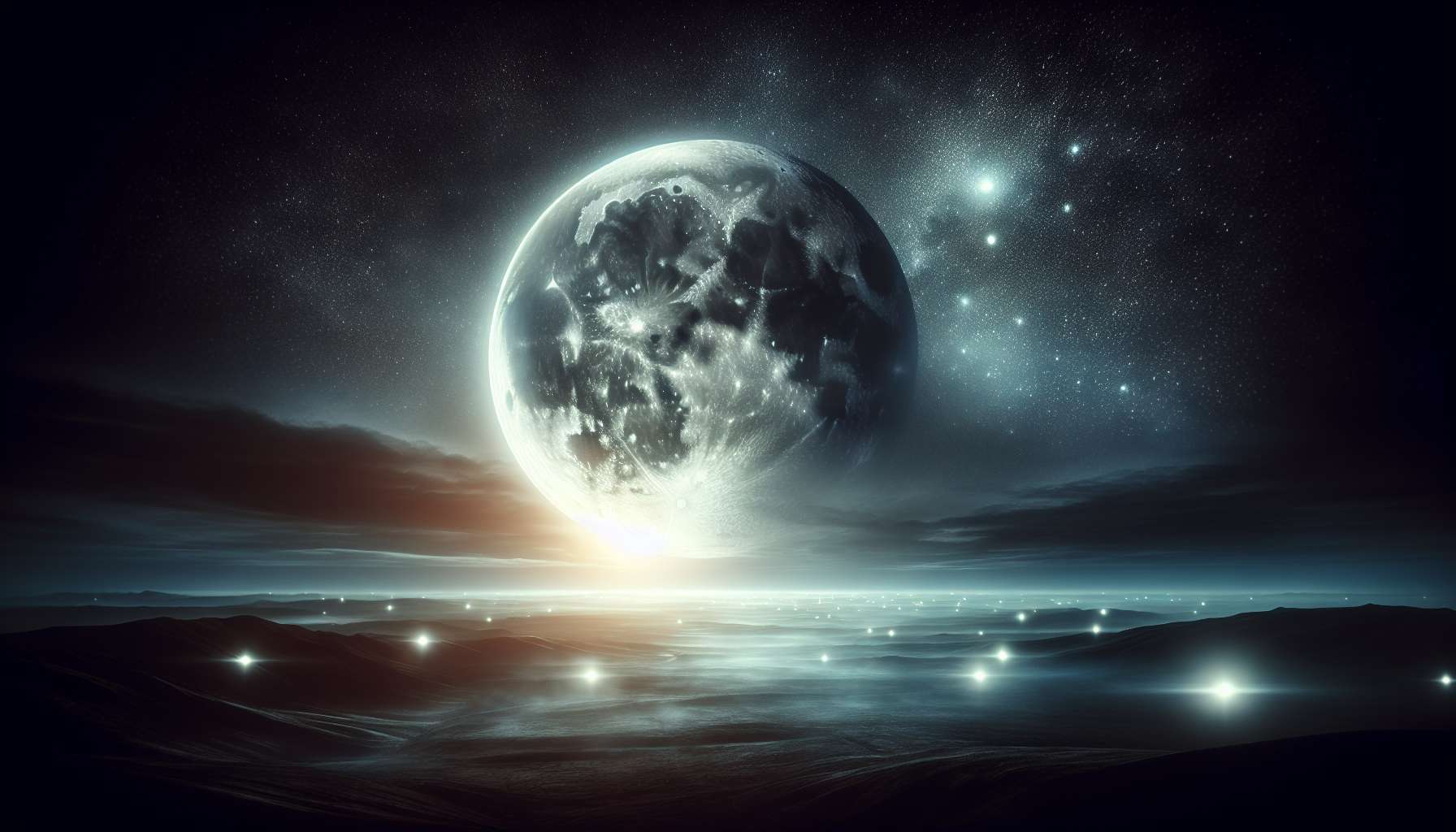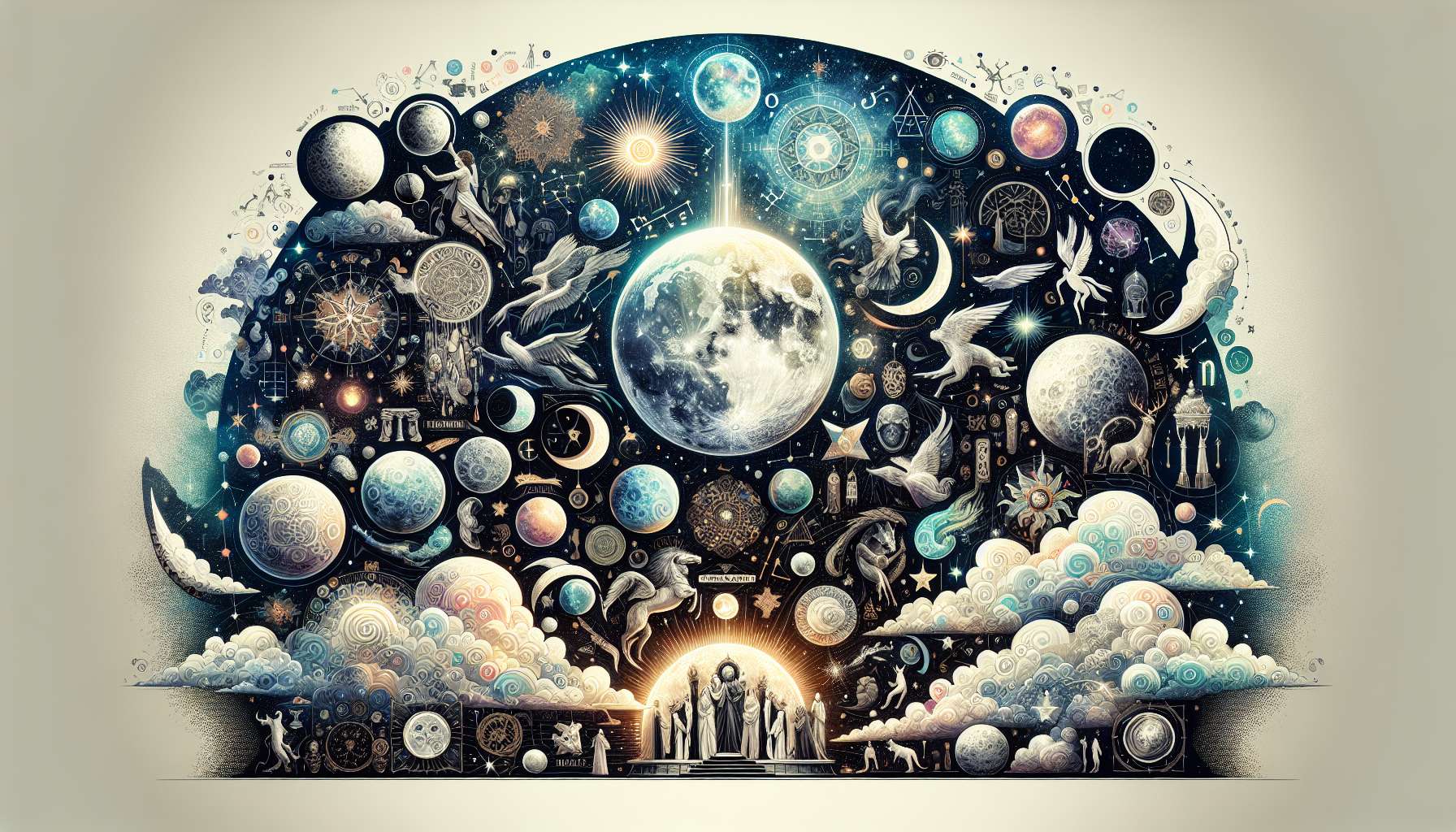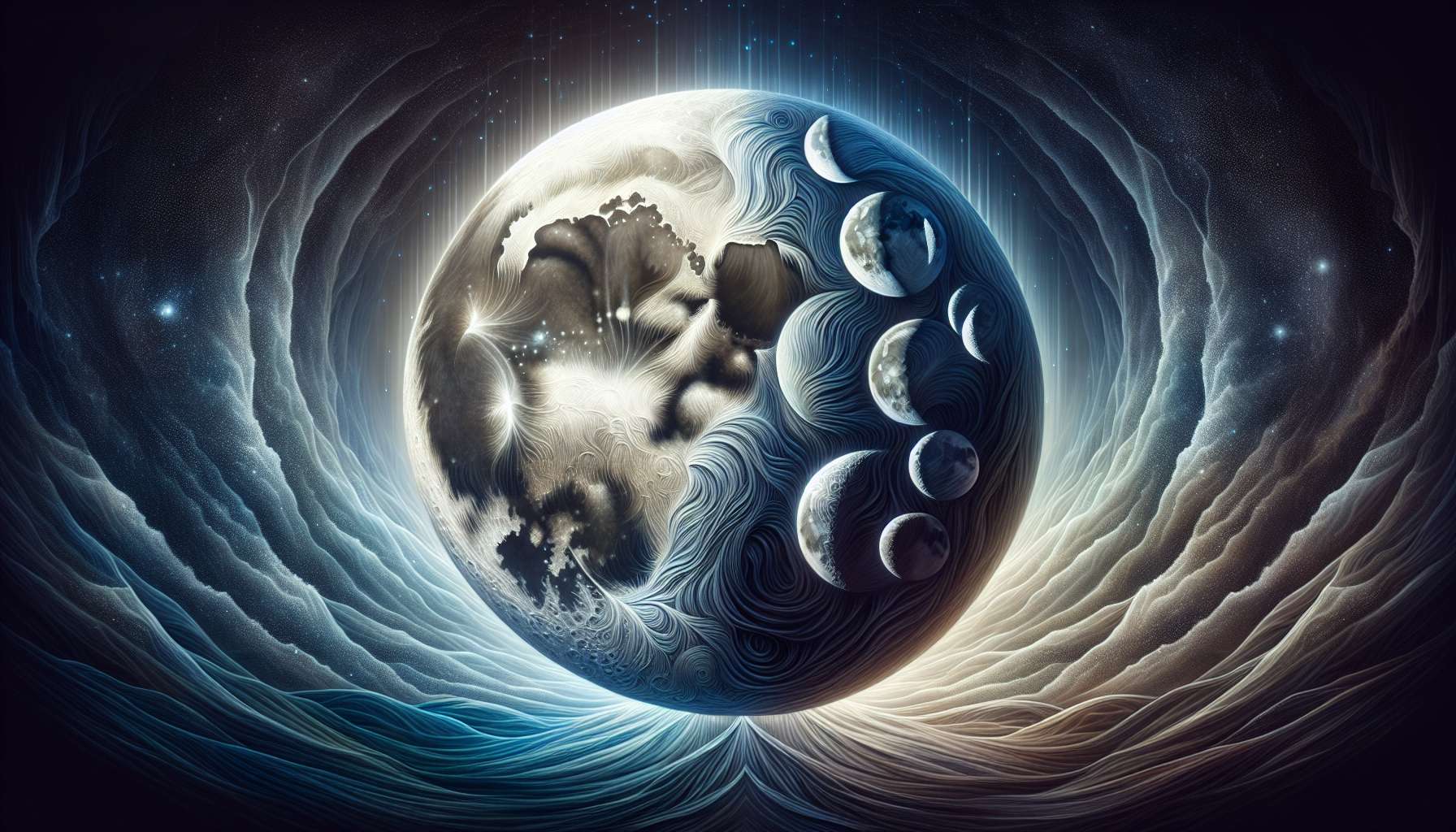The Fascinating World of Lunar Light Composition
When we gaze up at the night sky and marvel at the glowing orb of the moon, we are witnessing the mesmerizing phenomenon of lunar light composition. The interplay of sunlight, Earth’s atmosphere, and the moon’s surface creates a spectacle that has captivated humans for centuries. But what exactly is lunar light composition, and how does it work? In this comprehensive guide, we will delve into the intricate science behind lunar light, exploring its various components, applications, and implications.
The Basics of Lunar Light
At its core, lunar light composition refers to the way in which sunlight interacts with the moon and is then reflected back to Earth. When sunlight hits the moon, it illuminates the lunar surface, causing it to glow and appear bright in the night sky. The composition of lunar light is influenced by several factors, including the angle of sunlight, the moon’s distance from Earth, and the reflective properties of the lunar surface.
One of the key aspects of lunar light composition is the phenomenon known as “earthshine.” Earthshine occurs when sunlight is reflected off the Earth’s surface and onto the dark side of the moon. This reflected light then bounces back towards Earth, creating a faint glow on the unlit portion of the moon. Earthshine not only illuminates the moon’s surface but also provides valuable information about the Earth’s atmosphere and climate.
The Science Behind Lunar Light
Understanding the science of lunar light composition requires a grasp of various astronomical concepts, including the phases of the moon, the lunar cycle, and the nature of reflected light. The moon’s phases, which range from new moon to full moon and back again, are a direct result of the changing position of the moon relative to the Earth and the sun. As the moon orbits the Earth, different portions of its surface are illuminated by the sun, leading to the familiar cycle of lunar phases.
The composition of lunar light is also influenced by the reflective properties of the moon’s surface. The moon’s surface is covered in a layer of fine dust and rocky material, which reflects sunlight in a process known as “regolith scattering.” This scattering of light gives the moon its characteristic glow and brightness, which varies depending on the angle of sunlight and the composition of the lunar surface.
Applications of Lunar Light Composition
While the study of lunar light composition may seem purely academic, it has a wide range of practical applications in fields such as astronomy, space exploration, and environmental science. Astronomers use the composition of lunar light to study the moon’s surface, map its topography, and analyze its mineral composition. By examining the spectral properties of lunar light, scientists can gain valuable insights into the geological history of the moon and its formation.
Space agencies such as NASA have also utilized lunar light composition in their missions to the moon and beyond. The reflective properties of the moon’s surface play a crucial role in guiding spacecraft safely to their destinations and providing navigational cues in the vastness of space. By studying the composition of lunar light, scientists can develop new technologies for navigating and exploring the cosmos.
Future Implications of Lunar Light Composition
As our understanding of lunar light composition continues to evolve, so too do the possibilities for future research and exploration. Scientists are now exploring the potential of utilizing lunar light as a sustainable source of energy on Earth and in space. By harnessing the reflective properties of the moon’s surface, we may be able to generate clean and renewable energy for a variety of applications.
Furthermore, the study of lunar light composition could have profound implications for our understanding of the universe and our place within it. By unraveling the mysteries of lunar light, we may uncover new insights into the origins of the solar system, the evolution of planetary bodies, and the potential for life beyond Earth. The exploration of lunar light composition offers a window into the vastness of space and the beauty of the cosmos.
Expert Opinions
Leading astronomers and scientists in the field of lunar light composition have shared their insights on the significance of this phenomenon. Dr. Amanda Smith, a renowned astrophysicist, emphasizes the importance of studying lunar light to unlock the secrets of the moon’s geological history. According to Dr. Smith, the composition of lunar light holds valuable clues about the formation of the moon and its relationship to other celestial bodies in the solar system.
Dr. James Wong, a planetary geologist specializing in lunar science, highlights the role of lunar light composition in understanding the environmental conditions on the moon. Dr. Wong believes that by analyzing the spectral properties of lunar light, scientists can gain critical information about the moon’s atmosphere, temperature, and surface features. This knowledge is essential for planning future missions to the moon and establishing lunar habitats for human exploration.
Common Misconceptions
Despite its scientific significance, lunar light composition is often misunderstood or overlooked by the general public. One common misconception is that the moon emits its own light, when in fact, it simply reflects sunlight from the sun. Another misconception is that the moon’s appearance remains the same throughout the year, when in reality, its phases and composition of light change cyclically.
It is important to dispel these misconceptions and educate the public about the true nature of lunar light composition. By fostering a deeper understanding of this phenomenon, we can inspire curiosity, awe, and appreciation for the wonders of the cosmos.
FAQs
Q: How does the composition of lunar light differ from that of sunlight?
A: Lunar light is a reflection of sunlight off the moon’s surface, whereas sunlight is direct radiation from the sun. The composition of lunar light is influenced by the moon’s surface materials and the angle of sunlight.
Q: Can lunar light be used as a source of renewable energy?
A: While there are ongoing research efforts to harness lunar light for energy generation, the technology is still in the experimental phase. Scientists are exploring the potential of using lunar light as a sustainable energy source for future space missions and Earth-based applications.
To Wrap Things Up
In conclusion, the study of lunar light composition offers a fascinating glimpse into the complex interplay of sunlight, Earth’s atmosphere, and the moon’s surface. By delving into the science behind lunar light, we can unlock valuable insights into the history of the moon, the nature of our solar system, and the possibilities for future exploration. As we continue to explore the mysteries of lunar light, let us marvel at the beauty of the night sky and the endless wonders of the cosmos.
Whether you are a seasoned astronomer or simply a curious observer, the world of lunar light composition holds endless possibilities for discovery and inspiration. Let us gaze up at the moon with wonder and appreciation, knowing that its gentle glow is a reflection of the vast universe beyond.




